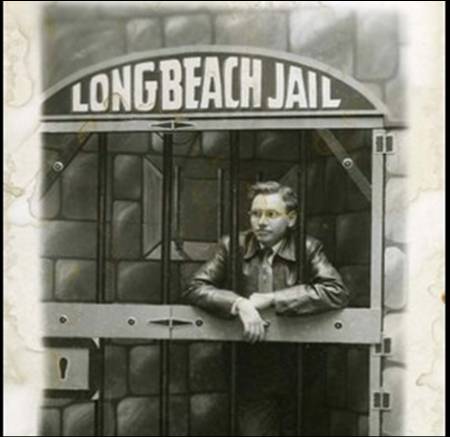Continuation of our series on portfolio management and the Buffett Partnership Letters, please see our previous articles for more details. Trackrecord, Compounding, Duration, Special Situations, Time Management
“A disadvantage of this business is that it does not possess momentum to any significant degree. If General Motors accounts for 54% of domestic new car registrations in 1965, it is a pretty safe bet that they are going to come fairly close to that figure in 1966 due to owner loyalties, deal capabilities, productivity capacity, consumer image, etc. Not so for BPL. We start from scratch each year with everything valued at market when the gun goes off…The success of past methods and ideas does not transfer forward to future ones.”
Investing, compounding, and trackrecord creation is a perpetual intellectual treadmill – “We start from scratch each year with everything valued at market when the gun goes off,” and the “success of past methods and ideas” contribute only slightly to future returns.
In 1965-1966, a large portion of Buffett’s portfolio still consisted of generally undervalued minority stakes and special situation workouts.
Though not often highlighted, duration risk is a very real annoyance for the minority equity investor, especially in rising markets. Takeout mergers may increase short-term IRR, but they can decrease overall cash on cash returns. Mergers also result in cash distributions for which minority investors must find additional redeployment options in a more expensive market environment.
Special situations investors have to run even harder on the intellectual treadmill since their portfolios contain a natural ladder of duration as the special situations resolve and “workout.”
All this activity is subject to the 24 hours per day time constraint. How does one maximize portfolio compounding given these obstacles?
I suspect it was mental debates like these that drove Buffett, in later years, to seek out the continuous compounding investments such as Coca Cola, Wells Fargo, etc., to which he could outsource the task of compounding portfolio equity.
Here’s the basic rationale behind the term “outsourced compounding” extracted from an article I wrote a few months ago:
"Compounding can be achieved by the portfolio manager / investor when making investments, which then (hopefully) appreciates in value, and the repetition of this cycle through the reinvestment of principal and gains. However, this process is limited by time, resources, availability of new ideas to reinvest capital, etc.
Operating business achieve compounding by reinvesting past earnings back into the same business (or perhaps new business lines). In this respect, the operating business has an advantage over the financial investor, who must constantly search for new opportunities.
Tom Russo of Gardner Russo & Gardner, quoted above in a November 2011 edition of Value Investor Insight (many thanks to Rafael Astruc of Garrison Securities for tipping PMJar on this), highlights an important and useful shortcut for portfolio managers – why not outsource part of the burden of compounding to the operating businesses in one’s portfolio? (Price dependent, of course.)"
Expected Return, Volatility, Historical Performance Analysis, Process Over Outcome
“…our results, relative to the Dow and other common-stock-form media usually will be better in declining markets and may well have a difficult time just matching such media in very strong markets. With the latter point in mind it might be imagined that we struggled during the first four months of the half to stay even with the Dow and then opened up our margin as it declined in May and June. Just the opposite occurred. We actually achieved a wide margin during the upswing and then fell at a rate fully equal to the Dow during the market decline.
I don’t mention this because I am proud of such performance – on the contrary. I would prefer it if we had achieved our gain in the hypothesized manner. Rather, I mention it for two reasons: (1) you are always entitled to know when I am wrong as well as right; and (2) it demonstrates that although we deal with probabilities and expectations, the actual results can deviate substantially from such expectations, particularly on a short-term basis.”
Buffett wanted to correctly anticipate not only the expected return, but also the expected volatility of his portfolio. He was not “proud” when the return pattern of the portfolio vs. his index (Dow) did not occur according to his prediction (even though he still beat the index by a wide 9.6% margin during the first 6 months of the year) – “I would prefer it if we had achieved our gain in the hypothesized manner.”
This demonstrates that Buffett was not singularly focused on outcome, but process as well. He wanted to understand why the unexpected (albeit good) outcome occurred despite a process that should have led to something different.
Also, notice that the good outcome did not provide any sense of comfort and lead Buffett to ignore the anomaly in expected volatility. Over the years, I’ve noticed that many investors only dissect downside return anomalies and completely ignore upside return anomalies. Buffett’s actions here show that it’s important to understand both directionally because a rouge variable that causes unexpected upside patterns could just as easily reverse course and lead to unexpected poor results.
Lastly, I want to point out that the key to understanding sources of portfolio return and volatility requires the dissection of historical performance returns. For more on this, check out our discussion on the 1964 letter Part 3.


